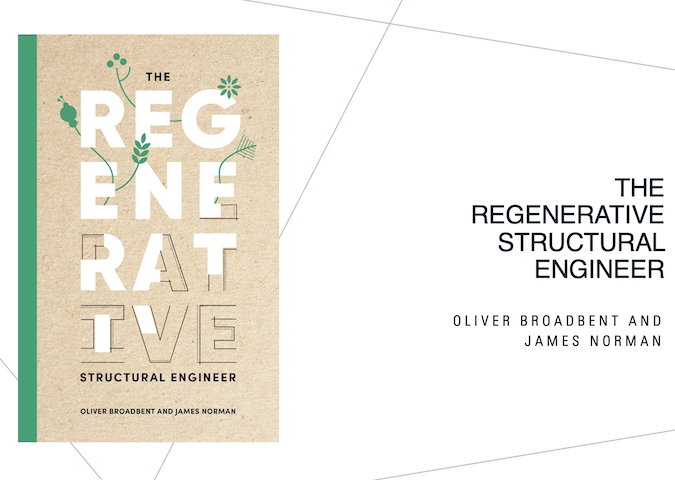With five days to go until the launch of the Regenerative Structural Engineer, here are some questions that we would hope you can answer once you have read it.
- What is the difference between regenerative design and sustainability design? Is this just a new version of sustainability or is this substantially different. What does regenerative design mean anyway!?
- Why do we need to go beyond being sustainable? Isn’t the path we are on already good enough? What about net-zero design – isn’t that enough?
- How can we change the way we design to create a transition a regenerative construction industry? What influence do I have as a structural engineer? Isn’t this someone else’s job?
- How do we start to think systemically about the changes we need to make in industry to enable regenerative practice? How do we reinforce the positive changes we seek? How do re-imagine how supply chains?
- How do we begin to imagine a regenerative future? What are the ways of thinking we need to adopt? And what are the ways of thinking we need to leave behind.
Intrigued? Pre-order your copy here. Available in print or online.
Continue reading “5 questions on regenerative design”


